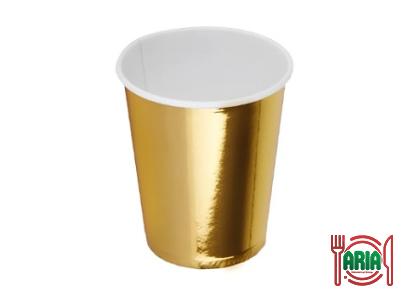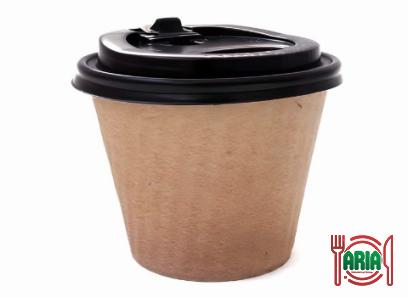You can restore the handle of your old black knife with a hard new plastic one. How to quickly and easily restore the appearance of worn-out knife handles
Have the handles of your old knives become dull and tarnished over time? Even though the knives were not in perfect condition, I knew there had to be a way to save them because I could still use them.
I’m ecstatic to tell you about a simple hack that I discovered, as it will make it much simpler for you to restore old knife handles.
If you’re skilled with a knife, you’ve probably already realized how frequently you employ their use. Have you ever picked up your knife, admired the brightly colored plastic handle, and thought to yourself, “How on earth did they make this thing?”
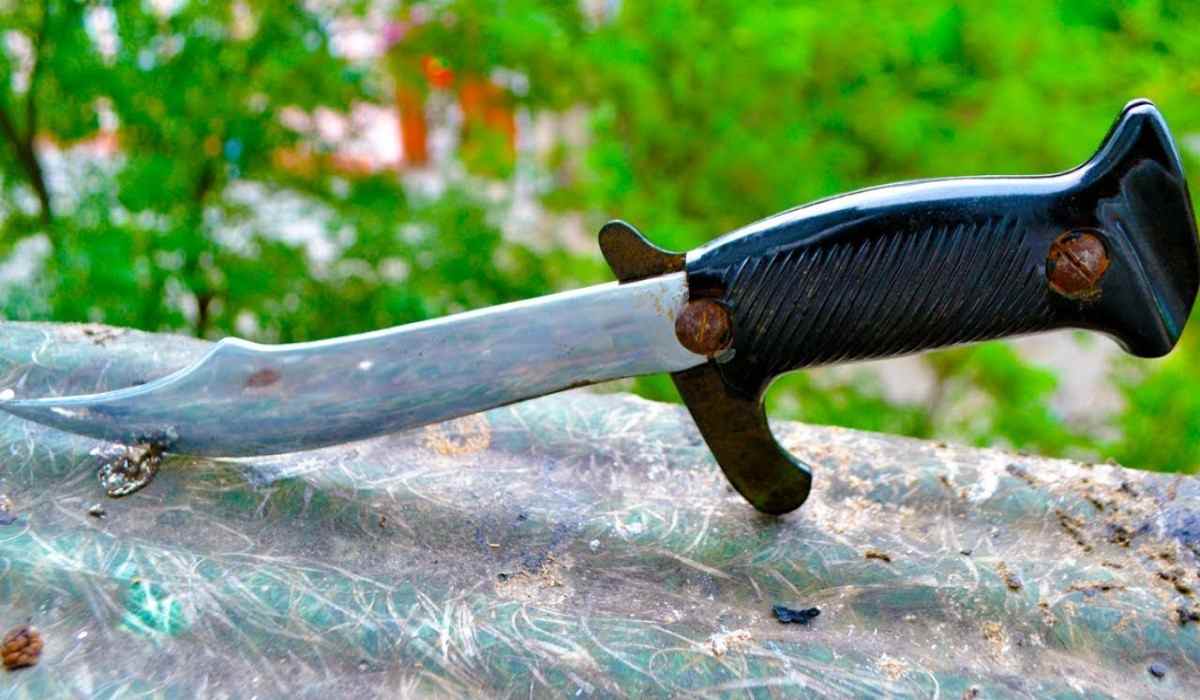
If you have, then there is a good chance that you enjoy learning how things are constructed.
And if you are an experienced do-it-yourselfer, or if you simply need to fix the scales on your broken chef’s knife, you might as well make a plastic knife handle for yourself and save a little money in the process!
How exactly does one go about fashioning a handle out of a plastic knife?
You could either mold a block of plastic with sandpaper or glue it together several pieces of plastic. However, there are a few more options that are more applicable to real life that you should try.
Which type of plastic is typically employed for knife handles?
Although plastic is by far the most common material for knife handles, there is not a single type of plastic that is used. The following are some of the most frequent variations:
Because of its low cost and excellent flexibility, High-Impact Polystyrene, or HIPS, is the type of plastic that is most frequently used to make the handles of knives. HIPS can be easily formed into any shape and are easy to color.
Acrylonitrile Butadiene Styrene (ABS) is often used for stiff, high-impact plastic toys like Star Wars figurines. But it’s also a popular plastic used in knife handles because of its strength and temperature resistance, which’s why it’s famous for outdoor knives.
While it’s also easy to use, there’s one drawback: it’s prone to staining, making it difficult to use in parts of your knife handle that will be visible.
Thermoplastic Elastomer (TPE) handles are soft, flexible, and shock absorbing. This makes TPE a good option for grip handles on knives that will be used in wet or cold conditions.
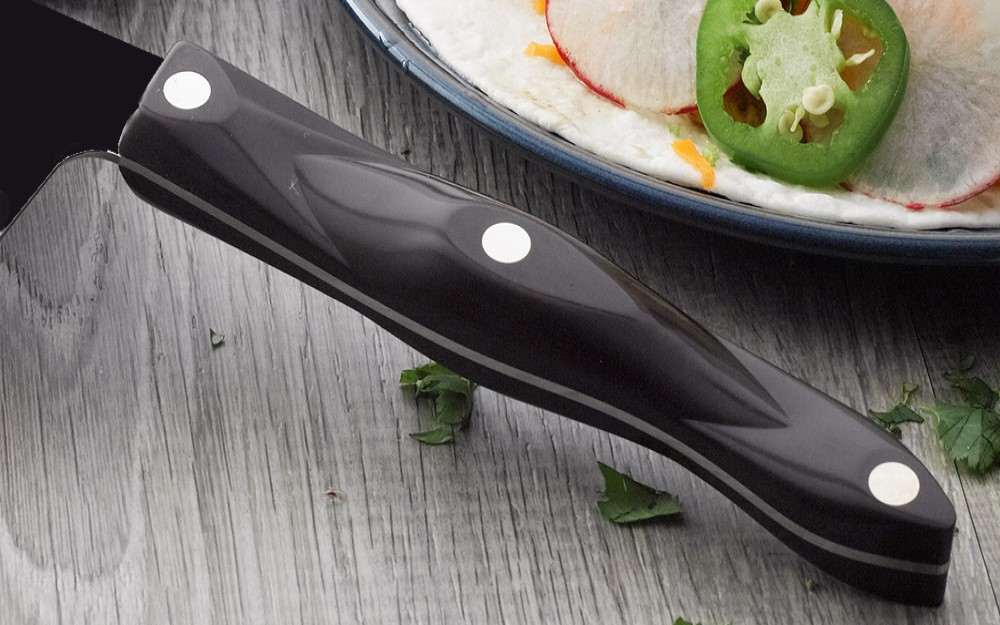
SAN (Styrene Acrylonitrile) is an alternative option—this plastic is nearly identical to ABS in terms of strength, but staining is not an issue.
Acrylic handles: These handles are made from acrylic polymers, which do not absorb water and are resistant to fading or discoloration. They frequently feature textured surfaces to improve the user’s grip.
This material is also known as acetal and polyacetal, and it is used to make polyoxymethylene handles. Along with having a very high melting point, it is exceptionally hard and long-lasting.
Polyoxymethylene is a material that is commonly used in the manufacture of blades for medical and surgical instruments as well as kitchen knives.
Zytel is a product made of nylon that can be shaped and molded into a variety of different forms and textures.
Because it can withstand high temperatures and has a high level of resistance to impact, Zytel is an excellent material for knives that are used close to hot cooktops or grills.
Kraton is an elastomeric material that combines the flexibility of rubber with exceptional gripping qualities. Kraton is commonly known as “Kraton.”
The blade’s direction and movement can be controlled to a reasonable degree because the handles are a combination of flexibility and rigidity that allows them to withstand shock without breaking.
It can be a fun and interesting activity to fashion your own knife handle out of molten plastic bottles. You will have to do some welding and grinding, but in the end, you will have a knife that is completely unique to you.
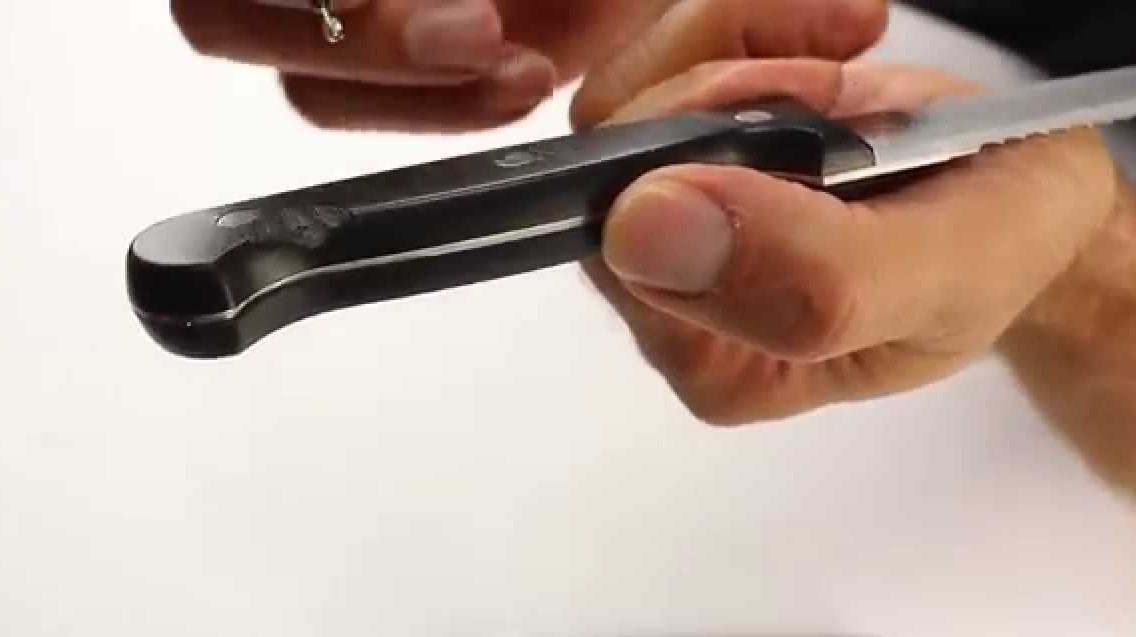
First Step: Make Sure Your Bottles Are Prepared
Locate the appropriate plastic bottles to use for this endeavor. You will need to make use of bottles made of HDPE (high-density polyethylene). The plastic bottles that are typically used for storing milk or as containers for detergent work very well.
The second step is to sever the bottle into a number of fragments.
You should break the bottles up into smaller pieces and put the fragments in a metal container that has a cover for them. It is important that this container be able to be placed immediately on top of the stove.
It is important that the lid fits securely so that molten plastic does not spill onto your stove as it melts.
The third step is to melt the bottle.
Place the metal container containing the bottles on top of the stove after turning the heat on the stove to medium-high.
Because the bottles will start to melt and release toxic gas while you are working on this project, you need to make sure that you have adequate ventilation.
Step 4: Give It Some Form
After the bottles have completely liquefied, remove the container from the stove and use a welding torch to mold the melted plastic into the desired shape.
You are free to create any pattern you like, but make sure to leave enough room at the very tip for the knife blade to fit in.
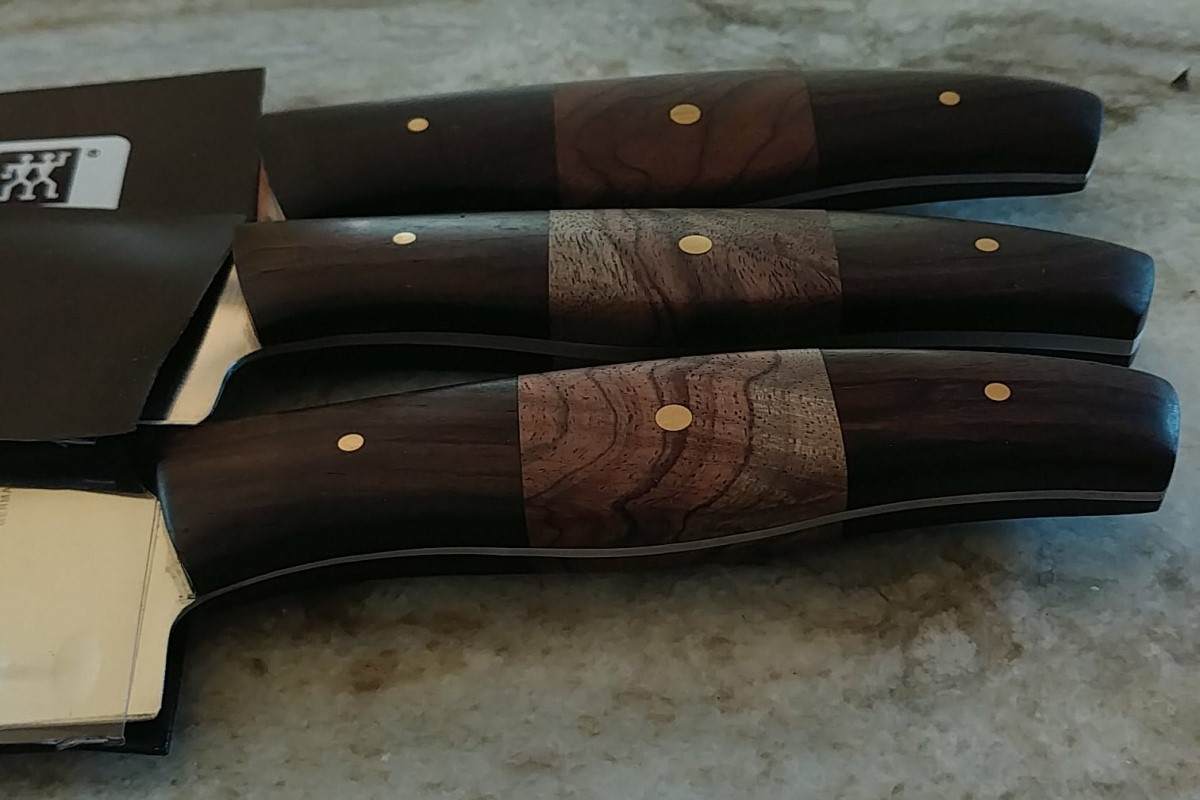
Step 5: Smooth Out to Complete the Process
After you have achieved the desired form, use a grinding wheel to refine the welds and produce an excellent finish on the object. After that, you can attach the blade of your knife to the new handle!
The finishing can be brought up to its highest possible standard by melting the plastic used for knife handles.
Conclusion
The conclusion is as follows. You can now fashion your very own plastic knife handles if you so choose. Which one do you think it will be?
There are a lot of different approaches to take to accomplish this, but I’ve outlined a number of the more straightforward and user-friendly options here.
Pick the approach that works best for YOU, and take pleasure in the process of fashioning something new from the beginning, bearing in mind any configuration or form you may imagine.
When it comes to hand-crafted objects that are manufactured by individuals who want them to be personalized exactly how they like, there really is no such thing as the wrong way to do things.


